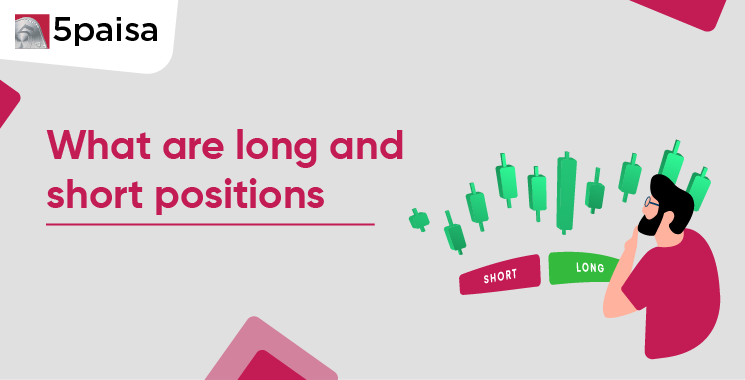Content
- What are Long and Short Positions?
- Difference Between Long Position vs Short Position w
- Example
- Key Differences
- Long Position Profits
- Conclusion
When you have a "long" position in a security, you effectively own that security. In the hope that the stock will increase in value in the future, investors hold "long" holdings in securities. A "short" position is the opposite of a "long" position.
Selling a stock you don't own is typically considered a "short" position. Short-selling investors think the stock's price will decline in value. If the price falls, you can purchase the shares at the new, lower price and profit. You will lose money if the stock price increases and you later purchase it at the new, higher price. The experienced investor should engage in short selling.
In this blog post, we will explore the ins and outs of long and short positions, examine their differences, and provide guidance on how to make informed investment decisions. By the end of this post, you will have a better understanding of long and short positions and be equipped to make more informed investment decisions.
More Articles to Explore
- Difference between NSDL and CDSL
- Lowest brokerage charges in India for online trading
- How to find your demat account number using PAN card
- What are bonus shares and how do they work?
- How to transfer shares from one demat account to another?
- What is BO ID?
- Open demat account without a PAN card - a complete guide
- What are DP charges?
- What is DP ID in a demat account
- How to transfer money from demat account to bank account
Disclaimer: Investment in securities market are subject to market risks, read all the related documents carefully before investing. For detailed disclaimer please Click here.
Frequently Asked Questions
It depends on market expectations. A long position is better when you expect the asset's price to rise, while a short position is better when you anticipate a price decline. Each involves different risks and strategies.
A company’s market cap changes due to fluctuations in its stock price and changes in the number of outstanding shares. Events like earnings reports, market sentiment, mergers, or share buybacks can significantly impact it.
A high market cap typically indicates a well-established, financially stable company with strong investor confidence. It often reflects consistent performance and lower risk compared to smaller firms.
No, market cap is the result of the stock price multiplied by the number of shares. While market cap reflects a company’s overall value, it does not directly influence the stock price.




